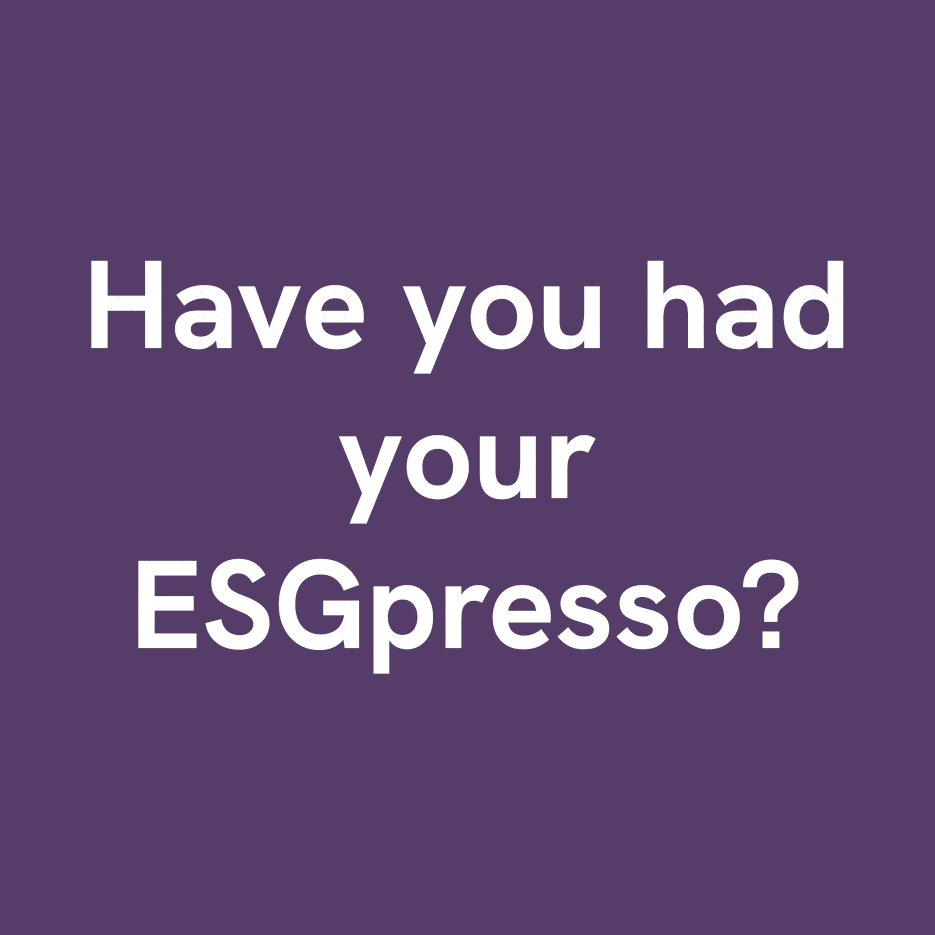Stockholm (NordSIP) – On September 24, the Swedish Fund Selection Agency (Fondtorgsnämnden, FTN) announced the launch of a procurement for US equity funds and US index funds in the first quarter of 2026, marking the next step in its multi-year overhaul of the Premium Pension (PPM) fund platform. The category of actively managed US equity funds currently comprises 11 funds with a collective allocation of about SEK 12 billion.  In parallel, six US index funds (also targeting large- and mid-cap US equity) account for SEK 29 billion today. 
FTN describes the upcoming US equity procurement as “procurement number 12” (for active) and “number 13” (for indices), after a technology-sector equity tender scheduled for October 2025. The existing active US equity funds on the platform are Länsförsäkringar USA Aktiv, Skandia USA, AMF Aktiefond Nordamerika, Handelsbanken Amerika Tema, BlackRock US Basic Value, BlackRock US Flexible Equity, BlackRock US Mid-Cap Value, Fidelity America Fund, Franklin U.S. Opportunities, S-Banken USA Aktie and BL Equities America managed by Banque de Luxembourg Investments.
A critical question for asset managers and observers is: how many of these 11 will be awarded a contract in the new tender? Drawing on precedent, FTN’s prior procurement for actively managed Swedish equity saw ten funds selected across seven managers when FTN awarded its contracts in August 2025. That process effectively replaced many incumbent Swedish equity funds, with some existing funds deregistered after a transition period. In the Nordic large/mid cap mandate, FTN announced it would procure a maximum of four funds within the category. Based on these precedents, one might reasonably expect FTN to award 4 to 6 active US equity contracts out of the 11. That would preserve competition while allowing room for new entrants or replacements. It seems unlikely that FTN would maintain all 11 under contract, especially given its aim to rationalise and streamline the platform.
In a recent podcast with the default state pension fund AP7, Erik Fransson, Executive Director of FTN, describes the fund evaluation approach echoing the more technical information presented on the agency’s website. Quality of fund management is the prime criterion, covering governance, risk controls, ability to navigate stress, and consistency. Fees are also material, but must not dominate at the expense of capability. Indeed, Fransson warns that choosing a low-quality manager, even with a lower fee, can incur greater costs over time. FTN’s process aims at striking a balance between cost and quality. Fransson further emphasises that fund categories should be meaningfully covered (i.e. diversity of strategies), and that selection is not a one-time event; funds will be monitored and may be de-listed if performance or quality deteriorate. 
For prospective bidders and incumbent managers, the upcoming US equity procurement is consequential. The category already comprises roughly SEK 12 billion in assets under management, giving a sense of scale. But the procurement must also reflect FTN’s ongoing strategy: a leaner, more governed fund universe with fewer but higher-quality mandates. In that spirit, expecting half the incumbents to retain or enhance their contract position would be a realistic baseline.
One feature of the previously completed procurements is that the winning funds were very often classified under Article 8 of the EU’s Sustainable Finance Disclosure Regulation (SFDR), but never Article 9. According to FTN, this reflects the fact that the Article 9 products submitted to date have not met the agency’s quality requirements. While sustainability remains a relevant part of the assessment, the focus on governance, process, and overall management standards has meant that more ambitious ESG classifications have not automatically translated into success in these tenders.
Another recurring issue is the economics of the mandates. Even when they involve significant assets under management, the tight fee levels required by FTN mean that revenue opportunities for managers are often limited, especially for actively managed funds that typically rely on higher fees to cover costs. This can make the mandates less attractive from a purely financial perspective. Nonetheless, being awarded a contract is widely regarded as a strong quality stamp, offering reputational benefits and a long-term foothold in the Swedish pension market. For this reason, many international and domestic managers are still keen to participate, despite the fee pressure and demanding selection criteria.




